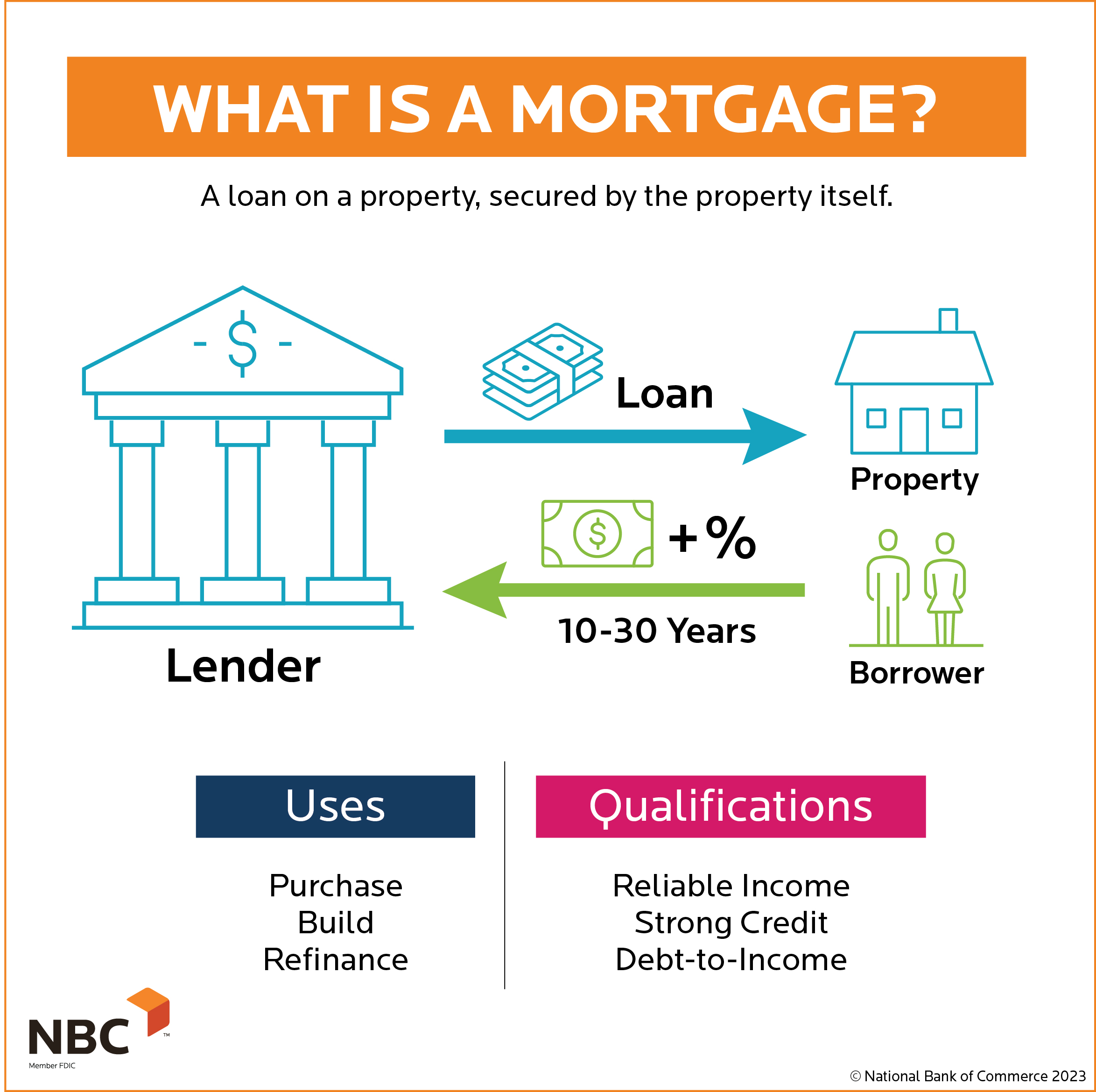Conventional Mortgage Loans: The Preferred Choice for Homebuyers
Conventional Mortgage Loans: The Preferred Choice for Homebuyers
Blog Article
The Crucial Factors to Think About When Deciding On Between Fixed-Rate and Variable-rate Mortgage Lendings
When examining home mortgage choices, borrowers face an essential choice between adjustable-rate and fixed-rate fundings, each presenting potential mistakes and unique advantages. Secret considerations such as interest rate stability, predictability in regular monthly settlements, and the implications of possible price adjustments can dramatically impact lasting monetary wellness. Furthermore, comprehending the expected duration of homeownership and the general expense of borrowing can form one's method. As these factors intertwine with specific economic circumstances and run the risk of tolerance, the implications of this choice might not be as uncomplicated as they seem. What nuances should be focused on in this crucial decision-making process?
Passion Rate Security
When selecting a mortgage, comprehending passion rate stability is vital for educated decision-making. Interest rates can substantially influence the overall expense of a home loan, and identifying the nature of these prices is necessary for consumers.
On the various other hand, variable-rate mortgages (ARMs) begin with lower preliminary rates that may alter regularly based upon market problems. While this can lead to reduced settlements originally, it also introduces uncertainty, as customers may face enhanced repayments if rate of interest rates increase. For those thinking about an ARM, it is crucial to analyze the chance of price adjustments, the possibility for settlement rises, and the size of the preliminary fixed-rate period.
Ultimately, the choice in between fixed-rate and adjustable-rate mortgages depends upon specific threat resistance and monetary situations. Understanding rate of interest security assists debtors make informed decisions that straighten with their long-term monetary goals.
Regular Monthly Repayment Predictability
While customers typically prioritize rate of interest stability, the predictability of monthly settlements is similarly essential in the home mortgage choice process (Conventional mortgage loans). Month-to-month repayment predictability plays a vital role in budgeting and economic planning, as it straight affects a homeowner's capital and total financial health and wellness
Fixed-rate mortgages use a constant month-to-month repayment throughout the life of the funding, allowing debtors to anticipate and intend their expenses properly. This stability can be specifically helpful for novice homebuyers or those on a fixed income, as it gets rid of the uncertainty related to varying settlements.
Conversely, adjustable-rate home mortgages (ARMs) commonly include lower initial payments that can change with time, leading to prospective irregularity in regular monthly commitments. While originally enticing, this unpredictability can make complex economic planning, especially if consumers do not account for future rate changes.
Prospective Rate Adjustments
In the world of variable-rate mortgages (ARMs), potential rate modifications represent a significant element that customers must thoroughly think about. Unlike fixed-rate home loans, where the rates of interest stays the same for the life of the funding, ARMs are identified by fluctuating rate of interest rates that are linked to market indices. This variability can result in considerable modifications in monthly payments, affecting the debtor's monetary preparation and budgeting.
Debtors must be aware of the margin and index made use of to compute these modifications, as they directly affect future interest prices. Furthermore, ARMs typically consist of caps that limit just how much the interest price can boost at each adjustment and over the life of the loan, which can offer some degree of security against drastic price walkings.
Comprehending these potential changes is critical for debtors, as they directly impact long-term payment commitments. Examining personal economic circumstances and risk resistance is vital when making a decision whether an ARM straightens with one's monetary goals.
Finance Term Considerations
Car loan term factors to consider play a crucial function in the decision-making procedure for consumers choosing in between fixed-rate and adjustable-rate home loans. The length of the financing term significantly affects regular monthly payments, rates of interest, and general financial planning. Fixed-rate mortgages generally provide terms of 15 to thirty years, supplying stability in regular monthly payments and predictability in budgeting. This can be especially appealing for customers that plan to stay in the very same home long-term and prefer the certainty of fixed settlements throughout the life of the loan.

Inevitably, borrowers need browse this site to examine their individual scenarios, financial objectives, and market problems when weighing the implications of loan term options within each mortgage kind.

Total Cost of Borrowing
The general cost of borrowing is a critical variable that can dramatically influence a consumer's choice in between adjustable-rate and fixed-rate home mortgages. Fixed-rate home loans supply predictable regular monthly settlements, as the rate of interest remains constant throughout the funding term. This predictability can cause reduced total prices, specifically in a steady or declining rate of interest environment. Customers can spending plan successfully, recognizing their settlements will certainly not change.
Alternatively, variable-rate mortgages (ARMs) typically start with lower preliminary rates, leading to minimized ahead of time prices. These prices can enhance after a first duration, leading to potentially higher long-lasting costs. Debtors should take into consideration the frequency and level of price adjustments, as well as the total funding duration, to accurately analyze the economic effects.
Additionally, the overall cost of borrowing includes not only passion prices but likewise fees and other linked prices, such as shutting prices and insurance (Conventional mortgage loans). Therefore, when reviewing home loan choices, consumers should perform an extensive expense evaluation over the life of the financing. By doing so, they can make an informed decision that lines up with their financial goals and take the chance of resistance
Conclusion
In conclusion, picking between adjustable-rate and fixed-rate mortgage requires careful consideration of numerous crucial aspects. Rates of interest stability and month-to-month repayment predictability are extremely important for efficient budgeting, while the capacity for price changes in ARMs presents financial uncertainty. Additionally, the awaited duration of homeownership and the general cost of loaning, including interest rates and associated fees, need to straighten with private monetary situations and run the risk of tolerance. Such an extensive analysis will certainly help with informed decision-making in home loan choice.
Secret factors to consider such as interest price security, predictability in month-to-month payments, and the effects of potential price changes can significantly impact long-lasting monetary wellness. Rate of interest rates can substantially impact the total cost of a home mortgage, and acknowledging the nature of these rates is necessary for consumers. Unlike fixed-rate home mortgages, original site where the passion price continues to be the same for the life of the lending, ARMs are characterized by rising and fall interest rates read that are linked to market indices. Additionally, ARMs typically include caps that limit just how much the rate of interest rate can enhance at each change and over the life of the lending, which can supply some level of protection versus extreme rate walks.
Rate of interest rate stability and month-to-month repayment predictability are paramount for reliable budgeting, while the potential for price adjustments in ARMs presents monetary uncertainty.
Report this page